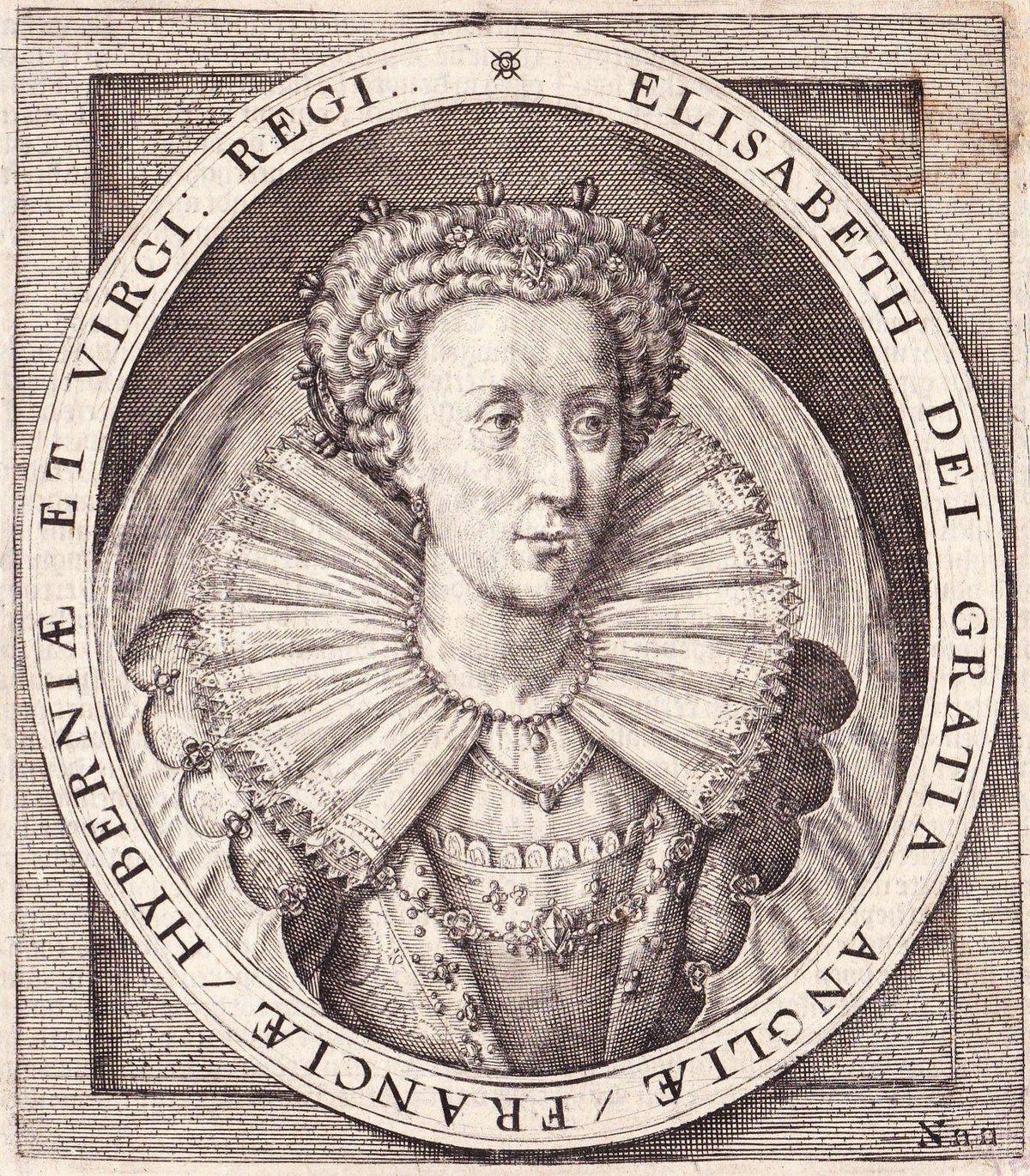Elisa von Minnigerode
Image and Secrecy in Elizabethan England. Christopher Hatton and William Cecil as Patrons of Art

The PhD project Image and Secrecy in Elizabethan England aims to give a visual and material analysis of the different practices of secrecy in images from the late sixteenth- to the mid-seventeenth century in England. During that time, England was in a state of alteration and flux. Religious changes from a catholic to a protestant country as well as political controversies under the reign of Elizabeth I, and later the Stuarts, created a highly charged atmosphere. Drama, literature, and music flourished and many treatises about art and picture making were written and translated. In this period images took on a completely underestimated and unfamiliar role in English art history. Symbolic strategies of depiction emerged, combining mediums and different layers of meaning, creating likeness, representing status, wealth, diplomacy, and power, or proving loyalty. English portrait painting shows exceptional qualities, unique for European painting at the time: the uses of inscriptions, referencing literature within the picture, as well as details of the composition create a narrative aspect and emblematic charge of the paintings. Artistic strategies of encryption and codification were being used to create an “elaborate iconography”, a “slippery secret world of private allusions” or a “fondness for puzzles and allegories”. This phenomenon, as well as its material manifestation, will form the core of this study. It will be argued that artistic objects of sixteenth- to mid-seventeenth century England contain several layers, in terms of physical materiality as well as internal meaning. By doing so, they act out strategies of secrecy: hiding something that cannot be seen outright.
Personal Data
Elisa von Minnigerode studied Literature, Art-History, and Media at the University of Konstanz. In her BA-Thesis she focused on strategies of pictural communication in the historical paintings of Venetian artist Titian. She continued her studies in Konstanz and graduated in 2018 with a M.A.-project on English-Italian art-collecting in late seventeenth century. Her further research interests are transeuropean connections in the Early Modern Age, the development of extraordinary artistic practices, and the interrelations of humanities and natural sciences. Her PhD project follows this interdisciplinary approach and links art historcal methods with art technology and conservation.
| Supervisory Team | |
|---|---|
| Primary Supervisor | Prof. Dr. Karin Leonhard, Uni Konstanz |
| Secondary Supervisor | Prof. Dr. Nils Büttner, ABK Stuttgart |
| Mentor | Prof. Dr. Aviva Burnstock, Courtauld Institute of Art, London |
| Practice Partners | Museum and Art Gallery Northampton and National Portrait Gallery London |
